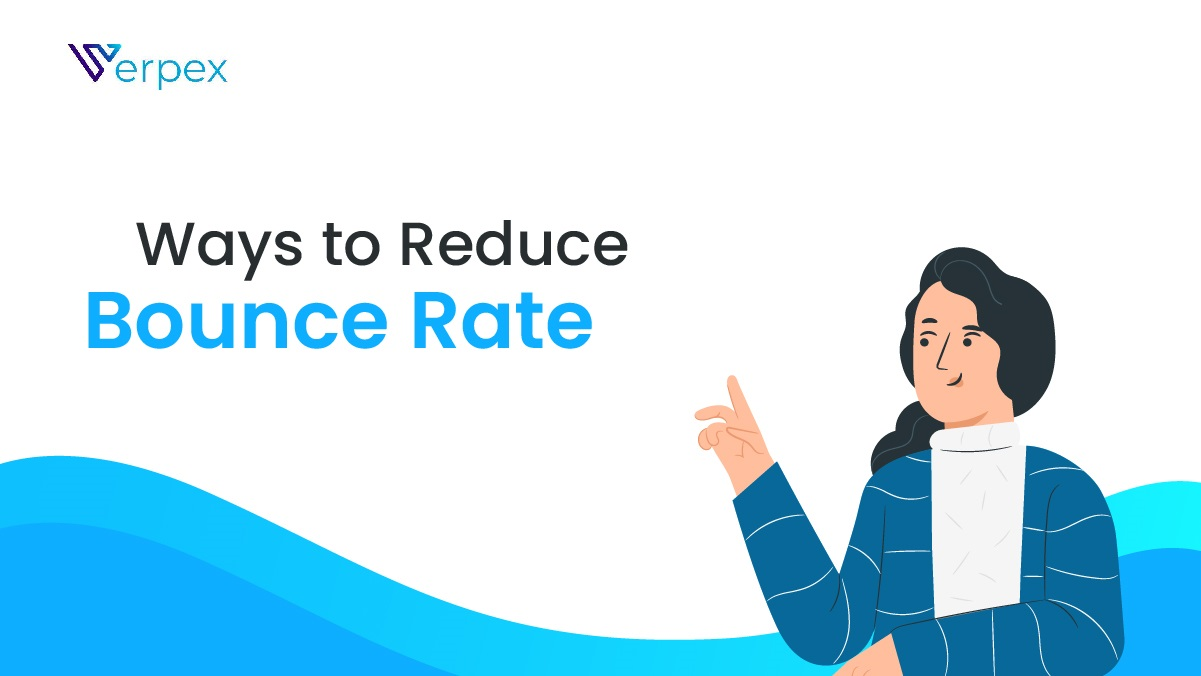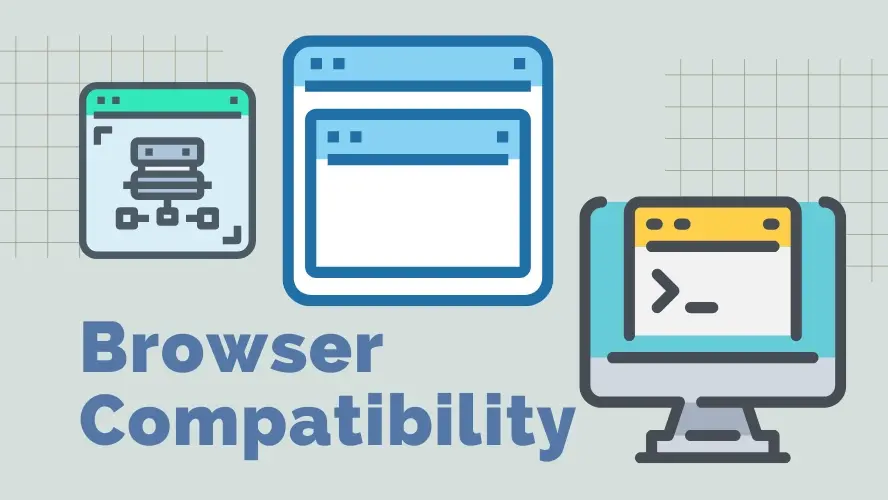It’s frustrating if visitors are arriving at your website, but instead of sticking around, they leave quickly after visiting just one page. This is known as “bounce rate” and you want your score to be low.
We are going to look at the factors that contribute to high bounce rate, such as slow web pages and difficult to read content, and top tips to keep visitors on your site. By the end of this article, you should know how to check your bounce rate, the reasons for it and how to reduce it.
What Is Website Bounce Rate?
To understand what a bounce rate is, we first need to look at the term bounce.
The term bounce is the web session in which a person visits only one page on your website.
A bounce rate is the sessions in which users visited only one page on your website, divided by the total entrances of users of that page presented in a percentage.
BOUNCE RATE % = (TOTAL ONE-PAGE VISITS / TOTAL ENTRANCES) * 100
A bounce rate is important because it gives you a measure of your overall engagement. It lets you know that your website has issues with copywriting, page layout, user experience, or content.
Although bounce rates are not used as a Google Ranking factor, understanding how search algorithms work and catering your content accordingly, will improve your bounce rate.
Reasons For High Bounce Rate
1. Slow web pages
Even though in the past people were used to waiting for sites to load, now that most of the websites load extremely fast, people don’t have the patience to wait around. If your website takes a longer time to load, your users will bounce.
2. Autoplay videos and advert
People hate autoplay videos and adverts. In general, people feel like they see too many ads and in cases where they are bombarded by advertisements they are less likely to stay longer on the site.
3. Poor grammar
If your content has lots of grammar and spelling errors, people will have a hard time reading it and won’t stick around. Ask yourself why would users give themselves a hard time trying to read your content, especially when there’s so much content on the same subject by competitors?
4. Providing unrelated links
If users go to your website from a broken link that doesn’t work any longer, they’ll probably see a 404 page instead of your page. This happens if you did an overhaul of the site and changed some URLs or you moved to a new domain.
5. Non-skimmable content
Whether the content not being skimmable is due to the fact that there’s too much information or there’s bad formatting, people are going to bounce if your content can’t be quickly scanned.
6. Hard to read fonts
Have you ever left a website just because the fonts were hard to read or ugly? Fonts that are visually displeasing will affect the reader’s opinion before even reading the content. Whereas hard to read fonts will make it difficult for visitors to navigate the site.
Is A High Bounce Rate Bad?
If users aren’t browsing your website, it means that you have a high bounce rate. Visitors are landing on your website and they leave without seeing your other pages.
The only exception when it is okay to have a high bounce rate is if your website is a single-page site.
A high bounce rate is definitely something you should be worried about if your site has multiple pages. It indicates that your visitors are not engaging with your site, more than the page they are landing on. If they aren’t staying on your site, it is also likely that your conversion rate is low too.
To sum it up, a high bounce rate means that people aren’t exploring your website, which is bad for your website and business.
How To Check Bounce Rate Of A Website?
Checking the bounce rate of your website can be performed by following a few simple steps:
Connect your site to Google Search Console.
Sign in to Google Analytics.
Review the bounce rate of every page on your site.
In case you don’t have Google Analytics installed on your website, make sure you install it and give it some time to gather the needed data.
Alternatively, you can install the MonsterInsights plugin, but keep in mind that this plugin works only for WordPress sites.
How To Lower Bounce Rate: Top Tips
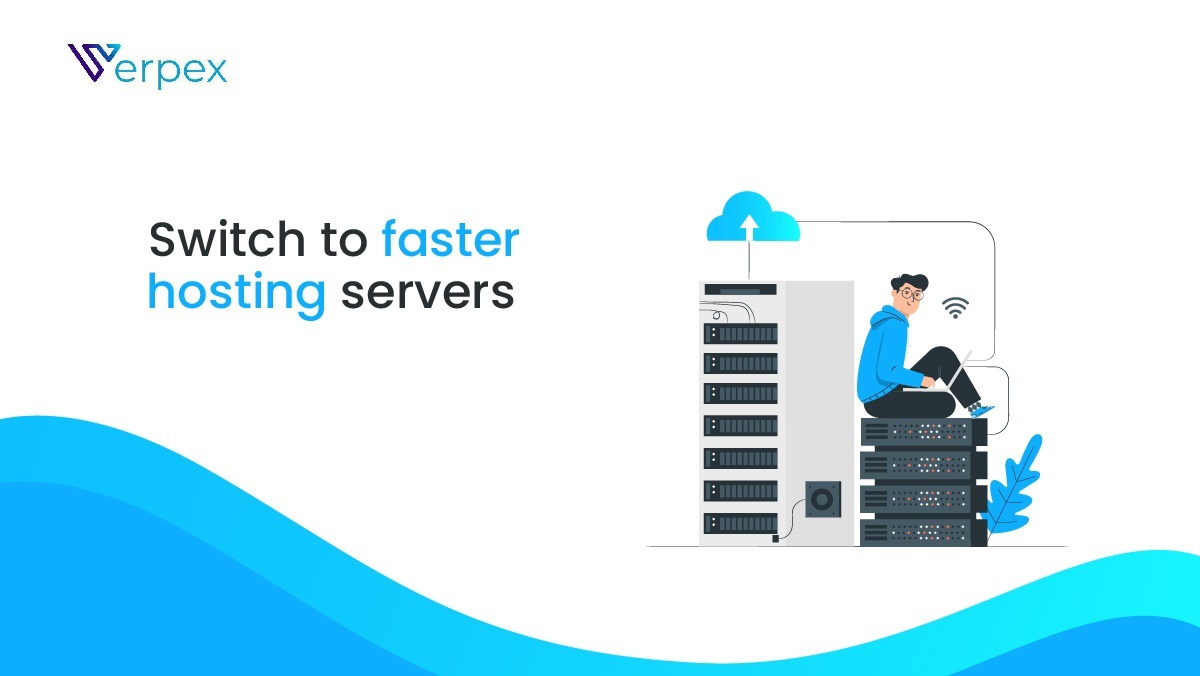
Improve the Website Speed
Your website needs to have beautiful design and awesome content, but there’s one thing that is essential, and that’s your website loading quickly. People nowadays are used to incredibly fast internet access and powerful computers and phones, which is why they expect that every site should work smoothly and quickly. How can you optimize your website to load faster?

Reducing image sizes

Eliminating unnecessary scripts

Deactivating plugins you don’t use

Enabling compression

Reducing redirects

Deferring JavaScript loading
To help you reduce high bounce rate, Verpex provides very fast web hosting , so make sure you check our website.
Use of High-Quality Images That Capture Attention
To make your content less visually intimidating, and to catch the attention of users, use suitable images that are high quality. By inserting images, the user will skim or scan your content more easily, since huge blocks of text can feel tiring. Putting an image between a few sentences can really help with readers not feeling overwhelmed by your written content.
Make the Websites Highly Readable
Make sure that your content is highly readable, by upping your editorial game and writing with the reader in mind. If sections do not flow or there is too much text, people won’t bother reading it.
Here are a few ways of making a website easy to read:
Section subheading – Break up your content into sections with subheaders
Lots of white spaces – Use lots of white space around your sentences to make it look more appealing to the eye
15-17px font – Don’t use smaller fonts since people won’t be able to read them on their phone
Skimmable paragraphs – Break your paragraphs into one or two sentence chunks.
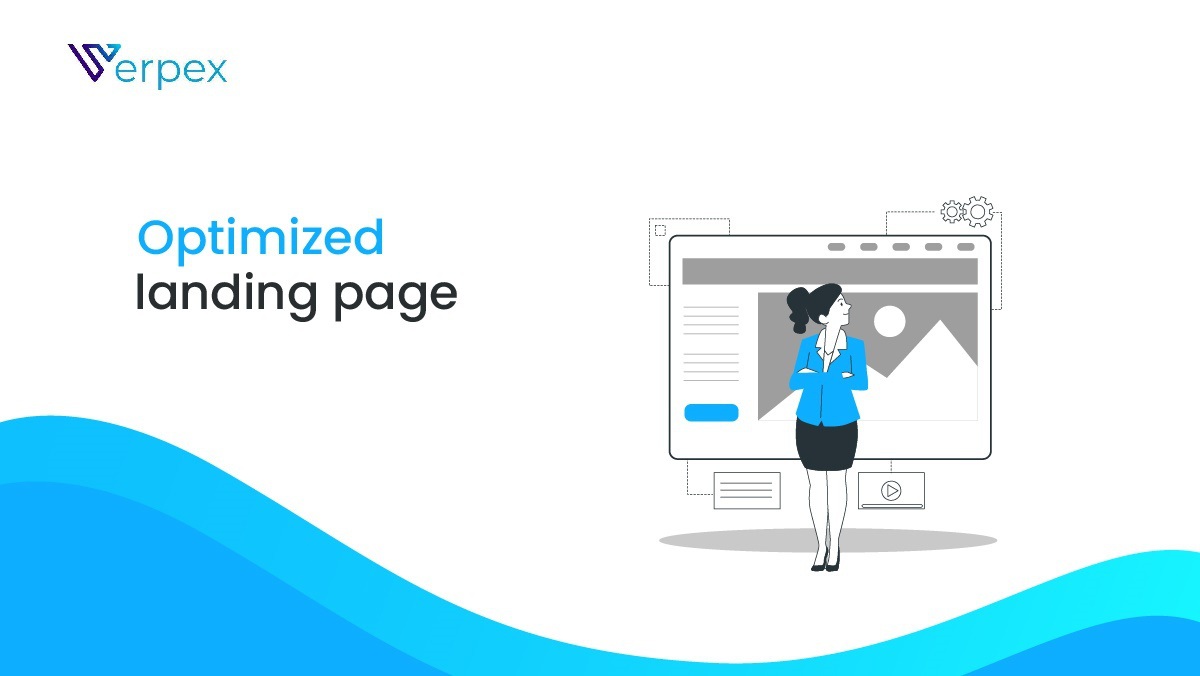
Make The Websites Easy to Search
Even though site search is often an afterthought of many sites, it is a really important step. Users are more likely to stick around if they can find what they are looking for.
To reduce bounce rate, it is essential that you give your users tools so they can find anything they want to find. Having the ability to search your site will keep users engaged with your content and improves the user experience. It also means that they are more likely to browse other pages and therefore decreasing bounce rate.
Use Videos to Engage the Users More
Videos are always a good idea to engage your users. The videos you upload on your website don’t necessarily have to be made by you, you can use other people’s videos and source them.
However, as we previously mentioned, don’t set the videos to play automatically. People can decide on their own if they want to see the video and play, you don’t need to annoy them and contribute to the bounce rate of your site.
Targeting Abandoning Users
It's the users that are abandoning your website that are increasing the bounce rate, therefore it is important to target those users.
Firstly, create content that is geared to the audience that you are seeking to target. If the content matches what they are looking for, they’ll stick around. If not, they won’t.
Fix problems that affect the user experience, like annoying ads, distracting pop-ups and slow loading speed.
An exit intent pop up will target those about to leave. This might be your last chance to get the user to take an action on your site.
If you can't figure out why people bounce after this, make sure you use a heat map, something we will talk about later in this article.
Increase Your Credibility with Branding and Social Proof
Instead of having a cheap looking website, you need to make sure that your website has high quality images, consistent branding, and custom-made graphics. Branding and credibility help reduce bounce rates since the users feel like they can trust you.
Here are a few tips to help in achieving better credibility and social proof:
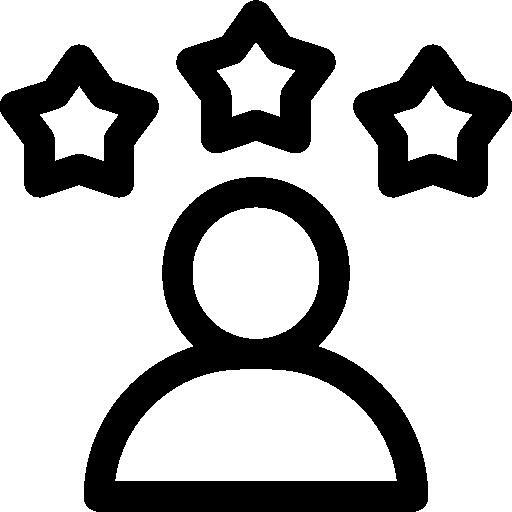
Customer testimonials

Positive reviews by an acclaimed media site

Recommendation of your products/services in social media
You don’t need to have major names using your website, but a review from a satisfied customer can really improve your credibility.
Use of Heat Map Data to Improve Your Websites
A great way to see how people interact and use your site is through heat maps. A heat map is a visual representation of how users interact with your website. It will show you where they are clicking and what sections get more attention. This can be especially helpful if you’re trying to figure out why people are bouncing from your site.
There are lots of heatmap tools on the internet. Some that we like and are impressed with are Hotjar and CrazyEgg. But, no matter which one you decide to use, they all basically work the same way.
Add Internal Linking
As a way to reduce your bounce rate, many people advise that you include dozens of internal links in your content. Internal links will send people to other pages of your website, so it’s pretty logical that internal links will lower your bounce rate.
However, be careful to not include internal links in every other sentence. If it doesn’t offer your audience something of true value then it doesn’t enrich the experience.
Use of Table of Contents With “Jump Links”
Long-form content is great to get social shares and links to your content. However, with long-form content people can get lost, and even bounce if they aren’t able to find what they are looking for quickly. This is where a table of contents is extremely useful. A table of contents maps out the information provided enabling users to immediately find what they are looking for on a certain page.
Optimize Your Mobile UX
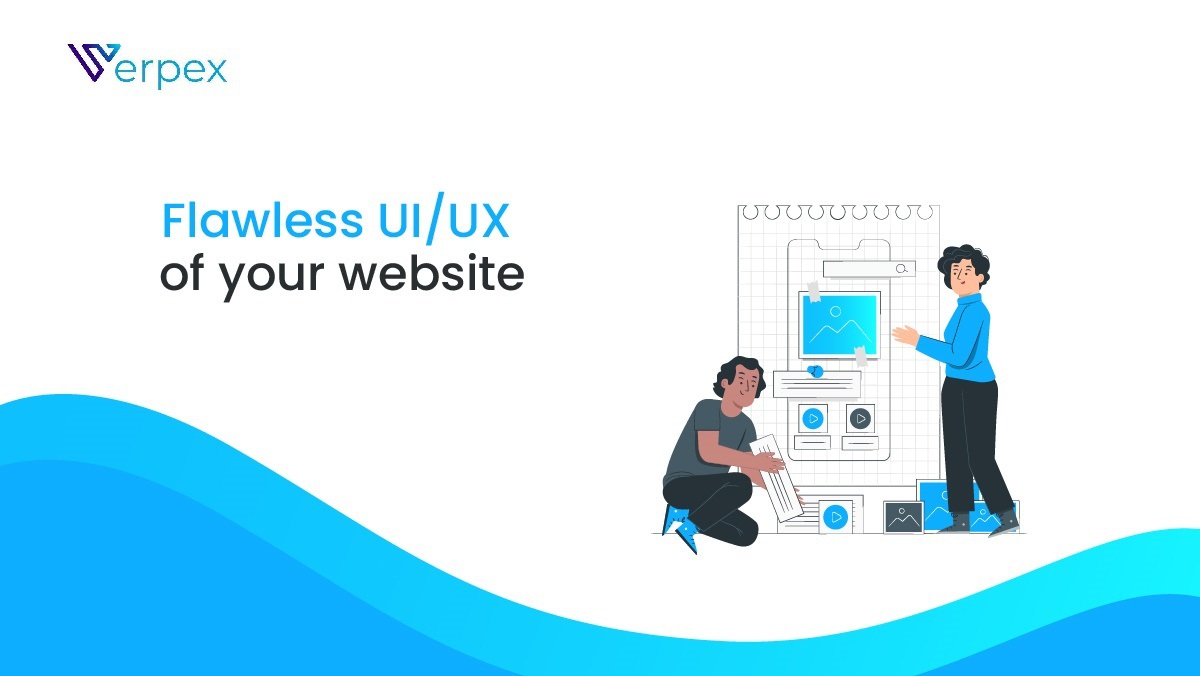
Many users will be browsing your site from mobile devices. If your website isn’t optimized for mobile you run the risk of providing an unpleasant user experience. Make sure that your site looks and works smoothly on tablets and phones. Also, make sure that the site looks equally good on different mobile devices.
Making Navigation on the Website Effortless
If you have a website that offers lots of content, it is crucial that your site is easy to navigate and has a clear menu that visitors can see. Make the navigation of your site as simple as possible, so it can be easily browsed through by users. If users have an easy way to find everything on your website, it increases the chance that they won’t bounce.
Summary
In this article, we went through some of the ways you can boost your conversion rate and reduce your bounce rate. The tips we offered in this article can produce quick results, but don’t immediately expect that. Stay consistent and keep growing your audience.
Verpex provides secure fast hosting solutions suitable for small businesses looking to reduce bounce rates by increasing the website speed, so make sure you check the offers on our website.
Frequently Asked Questions
Why is my bounce rate so high?
Some of the reasons for a high bounce rate include poor grammar, not-skimmable content, slow web pages, auto play videos and adverts, hard to read fonts, and unrelated links.
How important is bounce rate?
A bounce rate is important since it indicates if your webpage is confusing or irrelevant to the people who visit it.
What are acceptable bounce rates?
A good rule of thumb when it comes to bounce rate is that 26 to 40 percent is acceptable, even excellent.
Is bounce rate ok for a single page?
Like we previously mentioned in an article, if you’re a single page website, having a higher bounce rate is acceptable. That’s not the case if you’re a website with several pages.

I've been navigating the web hosting waters for years now. As the Chief Editor at Verpex, I team up with some awesome writers to dish out the good stuff on hosting. Got a Master's in Journalism, so I always have an eye out for quality. Whether you're just dipping your toes or you're a seasoned surfer, I'm here to make everything web hosting feel like a breeze
View all posts by Julia Lozanov













